"We, Too,
Are Making History" Series
Part 3: When There is No Curriculum
for Your Heritage History:
How I’m Using Miss Mason’s Methods
to Implement Our Heritage Studies

“Once Intellect admits us into the realms of History, we live in a great and stirring world, full of entertainment and sometimes
of regret; and at
last we begin to understand that we, too,
are making History,
and that we are all part of the whole…”
-Charlotte Mason
“How are you implementing your Heritage History?” is probably the question I get asked the most. I know that the majority of the time this question pops up, it’s because the mom asking really wants to get practical examples on how she can implement the heritage of her family in her homeschool.
I can share examples and resources I use to implement our Heritage History, which I do in the second half of this post. However, our homes are different with unique family needs. I think what’s more helpful is to share a bit about Miss Mason’s method of teaching history. Why?
Well, because the freedom to individualize your student’s instruction according to the Holy Spirit’s leading is the beauty of a Charlotte Mason education. This includes using her methods to teach a Heritage History in your homeschool.
Miss Mason’s use of living books* is also fundamental in her methods and quite frankly, there’s no better way to bring history to life than reading quality literature about it.
Heritage History Streams
Now, some people choose to celebrate their heritage outside of school in their everyday life. Others may do so during their afternoon free time, like over a cup of tea.
My friends and co-hosts at a Charlotte Mason for All Podcast, Min, Mariana and Simone, have chosen to add a HERITAGE HISTORY STREAM, which I touch on in “My Simple Approach to Implementing Diverse History Lessons” post (you’ll see some points from that post revisted here). If you’ve never heard of a history stream, it basically describes when your student simultaneously learns about the history of different countries/time periods within the school year.
Neighboring countries and ancient history streams are added to the history rotation for Form 2, which are grades 4-6. When Miss Mason speaks on neighboring countries, it may not necessarily be the one physically closest to your child’s nation but it can be the country that has some form of connection with their country or “throws light on that of their own country.” (Charlotte Mason, Vol 6, pg 175)
Min Hwang coined the term “Heritage History Stream” in her post “History through the Years: An Overview of a Charlotte Mason History Education”. This history stream is a 4th stream added which focuses on the heritage of a family when the first 3 streams aren’t enough for multicultural or multi-ethnic families. Adding another stream that focuses on your country (or countries) of heritage is such a meaningful option for families to have. It’s the one my dear friends have chosen to implement in their homes, because they, like many Americans who use Charlotte Mason, study Great Britain for their neighboring country due to its historical ties to the US.
The Holy Spirit has led our family in a different direction. Like I described in my “Invisible No More” poem I wrote many years ago, our family’s cultural history is just as important as our American one. It also happens to be a history intertwined with American History, both past and present. As a result, for our homeschool, instead of studying England as our neighboring country, we’re focusing on Caribbean History with a concentration on Puerto Rico. Miss Mason’s method of teaching history has allowed me to personalize my daughter’s history plan so that her COMPLETE heritage is celebrated while still learning about the rest of world history.
Regardless of how you’re implementing the Heritage History of your family or if you’re even doing so, I pray the following breakdown aids and inspires you in implementing some form of heritage study in your home.
Miss Mason’s Method of Teaching History
Heroic Tales of the People
For the beginning of any history stream, Miss Mason starts with a gentle approach with the stories and tales of the people.
“But every nation has its heroic age before authentic history begins: there were giants in the land in those days, and the child wants to know about them.” (Charlotte Mason, Vol 1, pg. 284)
For many people of diverse cultures, there isn’t enough documentation so either there’s little written history or their history is documented in the original language of the land that neither they nor their children understand.
But what most countries have is what Miss Mason knew very well, which are the folktales of that land. The oral traditions passed down from generation to generation in story form give the history of their people, how they lived, their beliefs, even of the times and how the country was in terms of landscape. Folktales are a window into the past.
A Book of Events
In addition, Miss Mason encourages the use of a book of historical events told in chronological order. Today, it is referred to as a “spine” because it gives structure to your history plan of study, like the way the backbone gives structure to the body. It should be a living book that tells the story in narrative form and not a textbook with dry facts.
Biographies & Historical Fiction
“Let him, on the contrary, linger pleasantly over the history of a single man, a short period, until he thinks the thoughts of that man, is at home in the ways of that period. Though he is reading and thinking of the lifetime of a single man, he is really getting intimately acquainted with the history of a whole nation for a whole age.” (Charlotte Mason, Vol 1, pg 280)
Your student reading a living book about the life of one single person allows them to know this person so intimately and in turn, learn about the history of their day in a more meaningful and enjoyable way.
Historical fiction, when carefully selected, can also help bring a time period to life and give a student a similar experience as that of a biography book.
If no book of historical events can be found, then biographies can be a good substitute because they often include events in narrative form that is at their level.
Align the Heritage History with Native Country
After a year’s study of heroic tales, you can try to align the neighboring history with your native country (so if you’re studying the 1800’s in your native country, then pair it up with history from your neighboring country).
It simply helps the child see the connections between their native country and neighboring country. Miss Mason says it “certainly gives them the sense that history was progressing everywhere much as it was at home during the period they are reading about.” (Charlotte Mason, Vol 6, pg 175)
If you cannot find a book from the same historical period, then you can choose a similar era or simply go with whatever you can find. Something is better than nothing.
Modern, Living History Books
It’s very common in the Charlotte Mason community to use older books for quality purposes. But what if there are no older books that documented the history of your country of heritage? Or what if the history wasn’t accurately documented and only told from one perspective?
That’s when modern books can fill in the gap. Finding well-written, modern books that give narrative accounts of history that wasn’t told before is an amazing resource. You can read more about Modern, Multicultural books using Miss Mason’s guidelines here.
Implementing a Schedule
I follow A Delectable Education’s scheduling cards where the neighboring country is studied only once a week. This can make it difficult to include a spine, biographies and historical fiction.
One way to schedule your Heritage History can be to alternate between a book of events and a biography every term. Another option can be to read a book of events for a few weeks. If there’s someone from the book of events you and your student would like to focus on or if you already have a person in mind to study, then a biography can be on that person for the next few weeks.
Historical fiction is usually a free read (or read during free time) so there’s more flexibility in when and where you want to implement it in your schedule. (Audiobooks really come in handy when we’re on the road and during lunch.)
From my understanding of Miss Mason’s methods, alternating makes a little more sense in my home. It may look different in your home and that’s okay.
Other Areas of Study
Miss Mason’s very global mentality had her students study neighboring nations and then the rest of the world through history, geography and foreign language lessons. In essence, history is not an isolated subject. It is organically connected with other areas of study.
Hence, you can include your heritage within subjects such as:
- Geography
- Artist Study
- Composer Study
- Poet Study
- Foreign Language
- Singing
- Dancing
- Literature (including school books, free reads and what you read for tea time or whatever you call the special time together. I love how a CM mom told me she was going to rename tea time to “café con leche” time with her students in their Cuban home.)
Whether you celebrate your Heritage History during the school day or not, a Charlotte Mason education allows you multiple opportunities to teach your students to connect with their culture.
Resources I’ve Found for
Our Heritage Studies
of Caribbean/Puerto Rican History
I can’t say enough about the freedom Miss Mason’s methods has given me to include our Latino heritage in our studies. She’s basically provided a blueprint to follow and now it’s up to me to build my own Heritage History curriculum.
Although our homes are uniquely different, I share just a few of my resources with live links below as practical examples of how I implement what I understand from Miss Mason’s volumes. Please keep in mind that this is a work in progress so it may be edited and revised periodically.
Heroic Tales of the People
These 2 have been phenomenal reads, covering a lot of the stories of the Taínos (the indigenous people of Puerto Rico) and of the Spanish Conquistadores.
Once in Puerto Rico was written by the phenomenal Pura Belpré, who I share about in my Multicultural Book of the Month section (Planting Stories:
The Life of Librarian &
Storyteller Pura Belpré
by Anika Aldamuy Denise).
I’m still on the hunt for more child-friendly text from the Afro-Caribbean perspective.
Book of Events
Before Columbus is a modern book that serves its purpose in giving the neglected history of the Americas before Columbus landed.
Island People: The Caribbean and the World is definitely a book I plan to use for high school.
Neither one is specific to Puerto Rico, though it is mentioned, but they fall in line with Caribbean Studies and will have to do for now.
Biographies & Historical Fiction
There aren’t many biographies of Puerto Ricans written for children/youth in English so I’m very limited with time periods.
When I do implement Caribbean biographies next year, I’ll most likely start with Felisa Rincón de Gautier, the first woman in the western world to run a capital city as mayor.
Since it is a short picture book, I may have my daughter read just a page or two each week and delve deeper into certain aspects of her life via other resources to supplement (i.e. articles, other books on her, documentaries, etc...). Or I could have her slowly read the biography and switch over to a book of events when she's done with it, maybe dealing with women or government.
I'm still looking for a historical fiction in English and that's age-appropriate.
Geography
For now, I’ve been using the same Stories from Puerto Rico with a printed map of Puerto Rico since they often mention the different towns the stories occurred in.
Although I did print a map of Puerto Rico, I haven’t found a great map online to recommend here. What I did find was this cool foam puzzle of the island and its towns from Walmart in Puerto Rico.
Poet Study
We’re still in the “Heroic Tales” stage so I’ve been reading this lovely poetry book in Spanish during our tea time. I highly recommend it because it not only uses an “ABC” format of topics specifically related to Puerto Rico, but it’s simple enough to understand for non-native Spanish speakers WITHOUT compromising literary power. This book is part of a series that covers several countries.
Next year, I will most likely do a Poet Study on Julia de Burgos and use this Spanish picture book as a bio. It happens to be written by the same author as the poetry book above: Georgina Lázaro.
I'm also excited to use Song of the Simple Truth: the Complete Poems of Julia de Burgos that I've had in my personal library for close to 20 years.
In high school, I would like to revisit Burgos and have my daughter read her autobiography.
In addition, I plan to have my daughter study my father's poetry as well when she is older. Hopefully by then, she'll have more of an appreciation of her grandfather as a published poet. 
Artist Study
The Art of Color Study is an amazing artist study I've been able to co-create with an Art Historian/Educator named Nellie Escalante. It was born out of the need for a larger multicultural representation within Art Appreciation homeschooling resources.
Together we curate Charlotte Mason inspired collections on Artists of Color, complete with a biography & prints.
The first 2 collections are of 2 artists of Hispanic Heritage:
1) Francisco Oller- the only Latin American (Puerto Rican)artist involved in the Impressionist Movement of the 19th century
2) Juan de Pareja- who went from enslaved to renowned artist
Songs
I include foreign language songs for our singing lessons, as Miss Mason advises to do. So along with Spanish renditions of hymns we already know in English and sweet, children’s songs, I also include patriotic songs.
I lightly introduced Puerto Rico's national anthem “La Borinqueña” to my daughter along with “America the Beautiful”. It was difficult to find a rendition I really liked but I fell in love with this version from YouTube.
One of my favorite picture books by my favorite illustrator is Grandma’s Records by Eric Velasquez. It's a great book to either introduce or celebrate the song “En Mi Viejo San Juan”, another lovely patriotic song.
Foreign Language
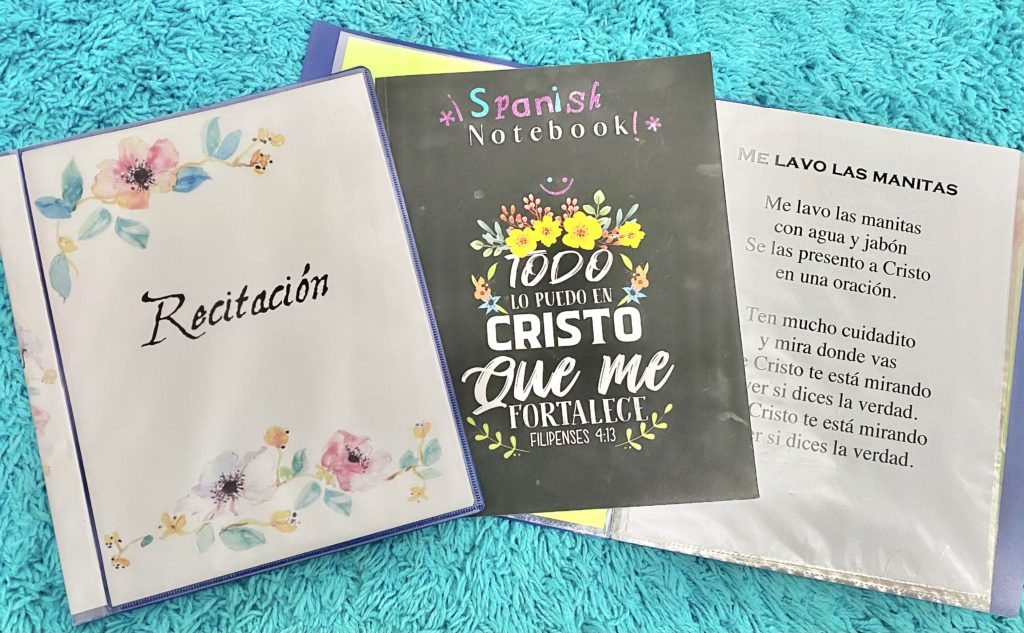
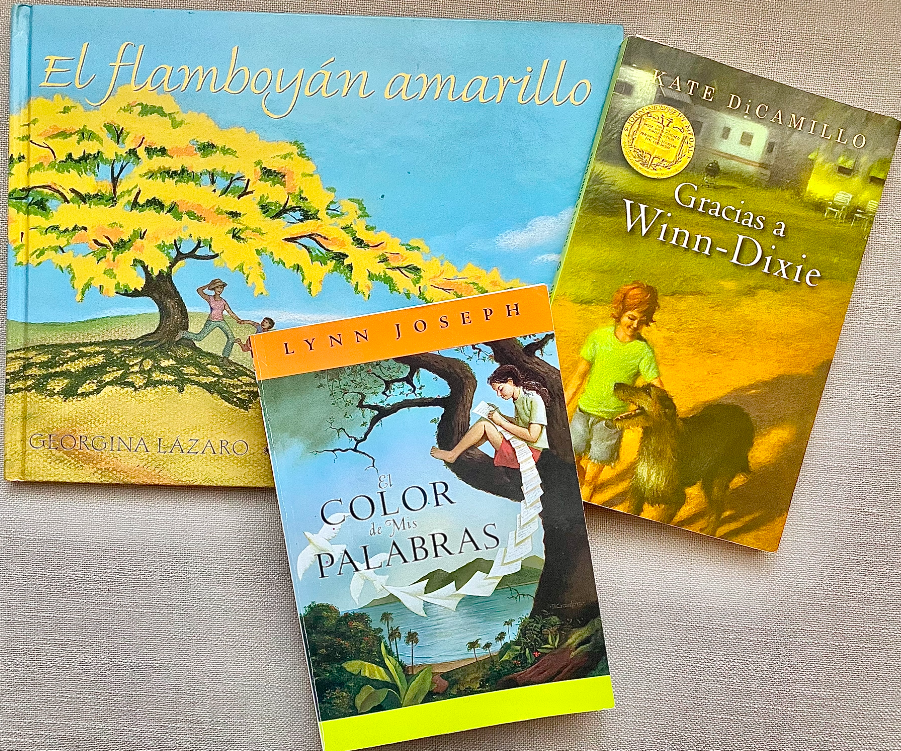
Spanish is our foreign language so I incorporate it within our school lessons:
Recitation: Scripture, hymns and poetry
Copywork: Scripture, poems or quotes from literature
Singing: As mentioned above (We also listen to songs in Spanish during our down time such as Spanish worship, children’s songs or other positive songs.)
Literature: We read books in Spanish, either books we already read in English or simpler books my daughter can read and understand independently.
Additional Resources
Little World Wanderers offers a wonderfully authentic unit on Puerto Rico. I love how carefully this unit was created, with activities such as creating a “guiro” from scratch or home made terrarium after learning about El Yunque. This homeshooling mama also has more units on other countries and they’re all available for FREE!
Libros787.com is an online bookstore based out of Puerto Rico (hence their area code of 787). They offer many books in both English and Spanish that are related to various Puerto Rican/Latino topics such as history. They also have a section on children’s books. I ordered several gems from them already that I couldn't find anywhere else.
(Note: I’m still working on Puerto Rican/Caribbean Composer Study.)
I just listed a few resources above as I collect as many books as I can. The “curriculum” I’m creating for our Heritage History instruction is gradually being developed as we go, and though not an easy feat, this quote from Miss Mason keeps me excited:
“Once Intellect admits us into the realms of History, we live in a great and stirring world, full of entertainment and sometimes of regret ; and at last we begin to understand that we, too, are making History, and that we are all part of the whole…” (Charlotte Mason, Vol.4, p.37)
Yes, Miss Mason! “We too, are making History” and “we are all part of the whole”. That includes this small Puerto Rican family in the Bronx!
And that includes YOU too, as well as your beautiful family, wherever you’re from and wherever you are!
Continue with "We, Too, Are Making History" Series
*Living Books- quality, narrative writing that brings a subject to life
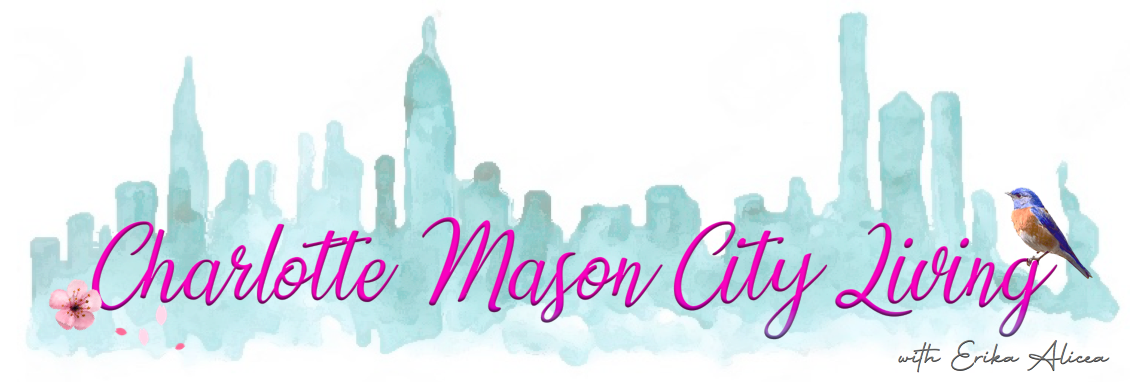
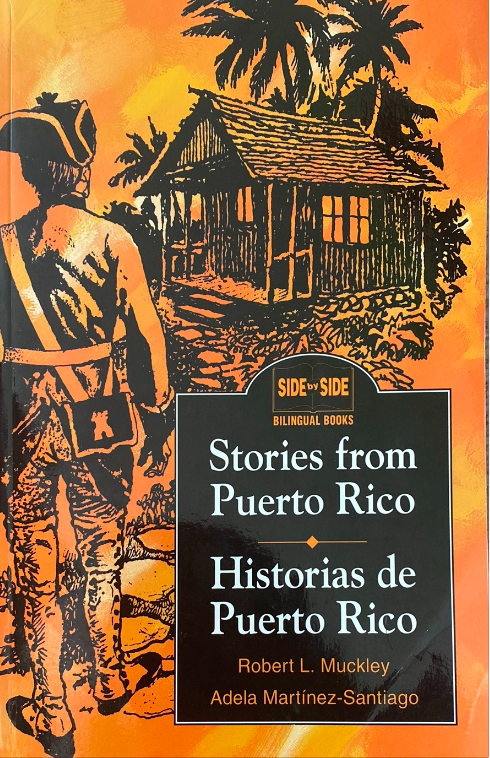
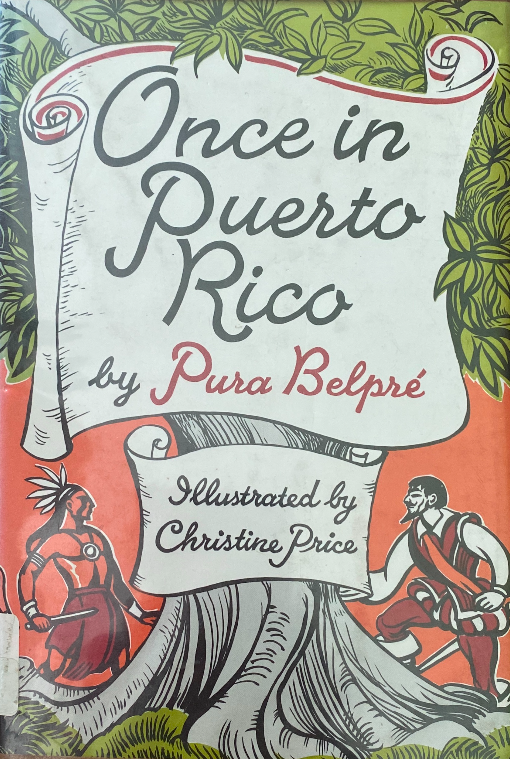
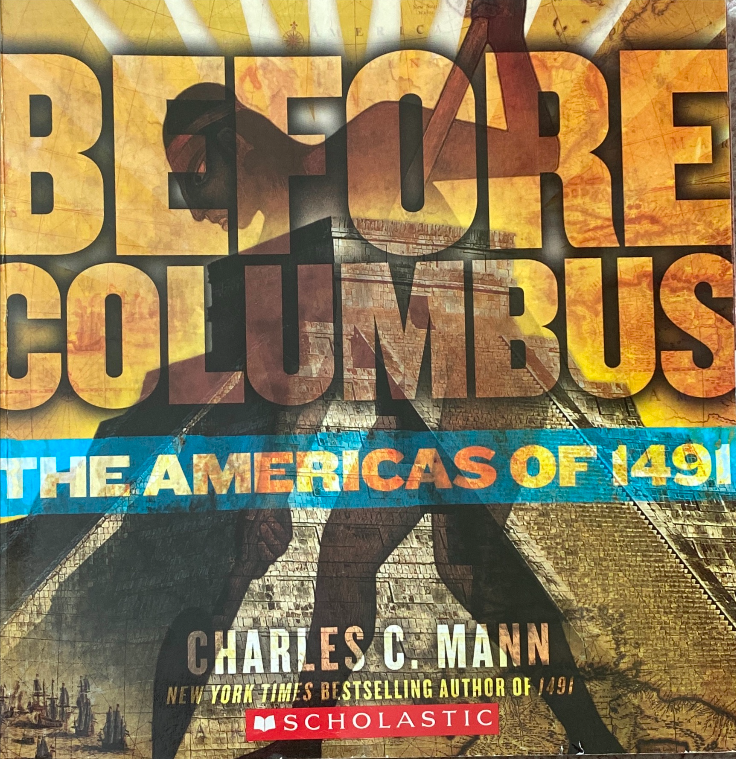
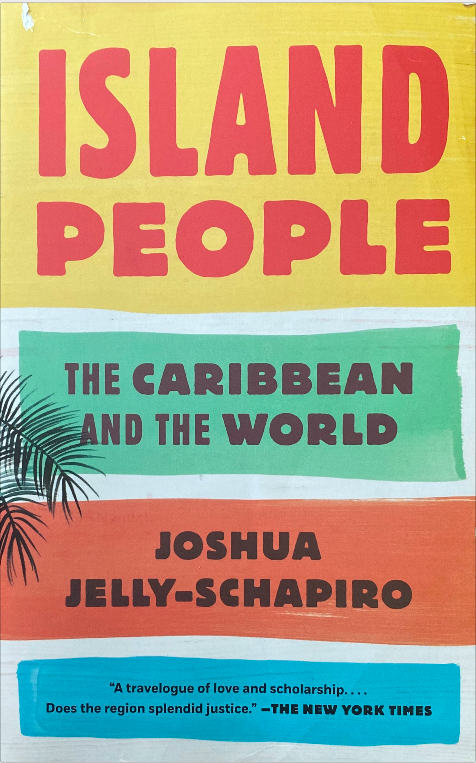
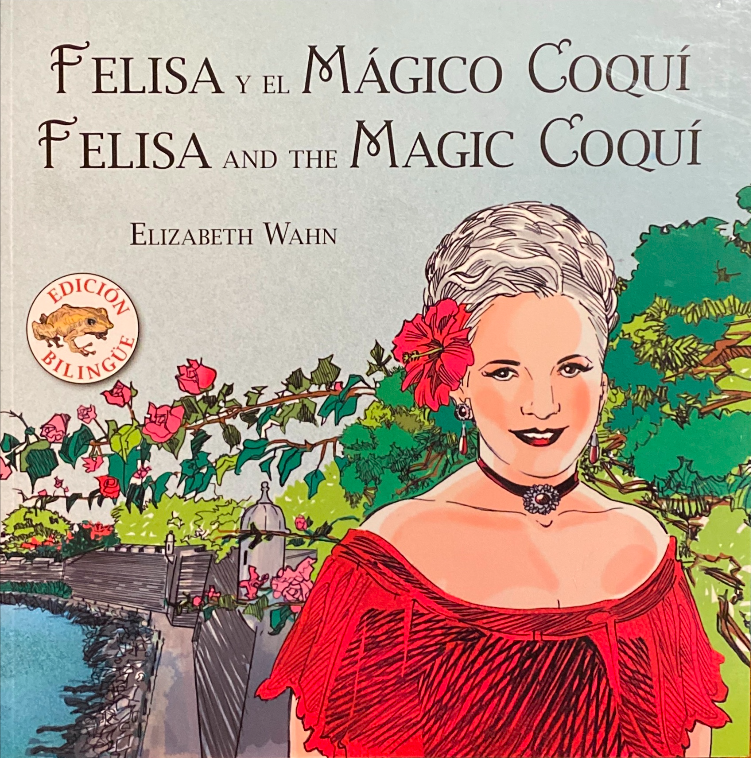
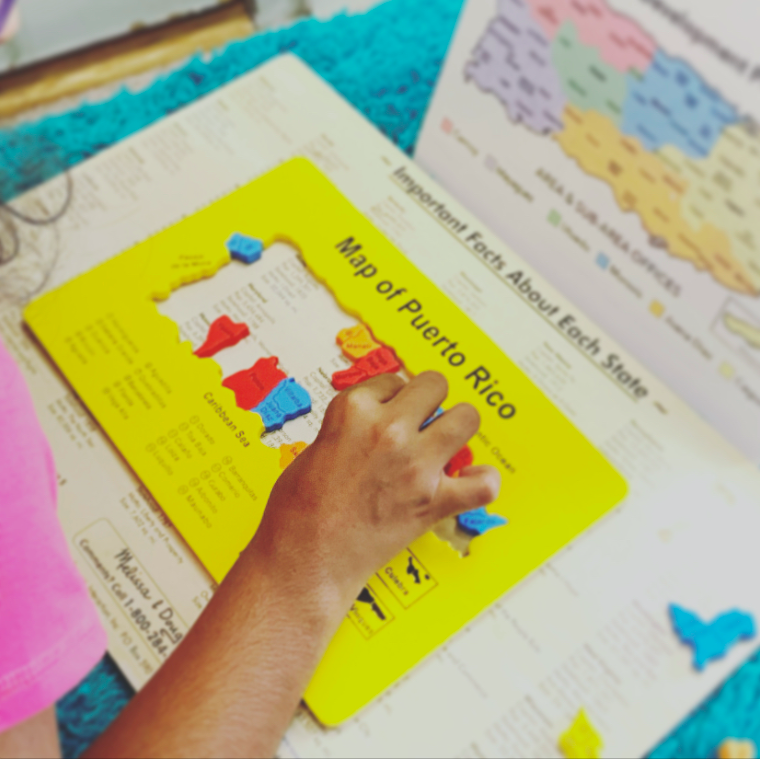
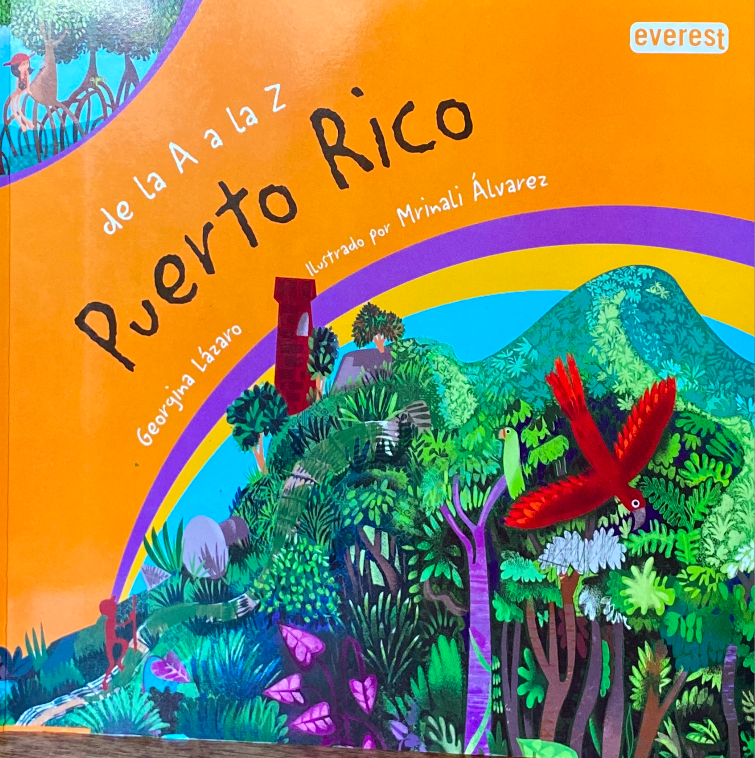

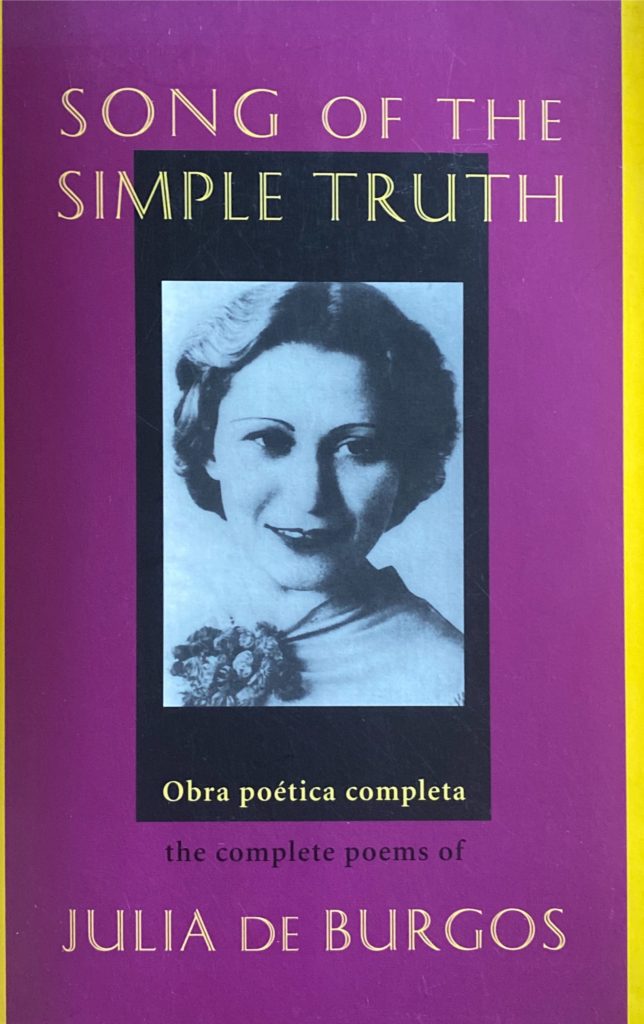
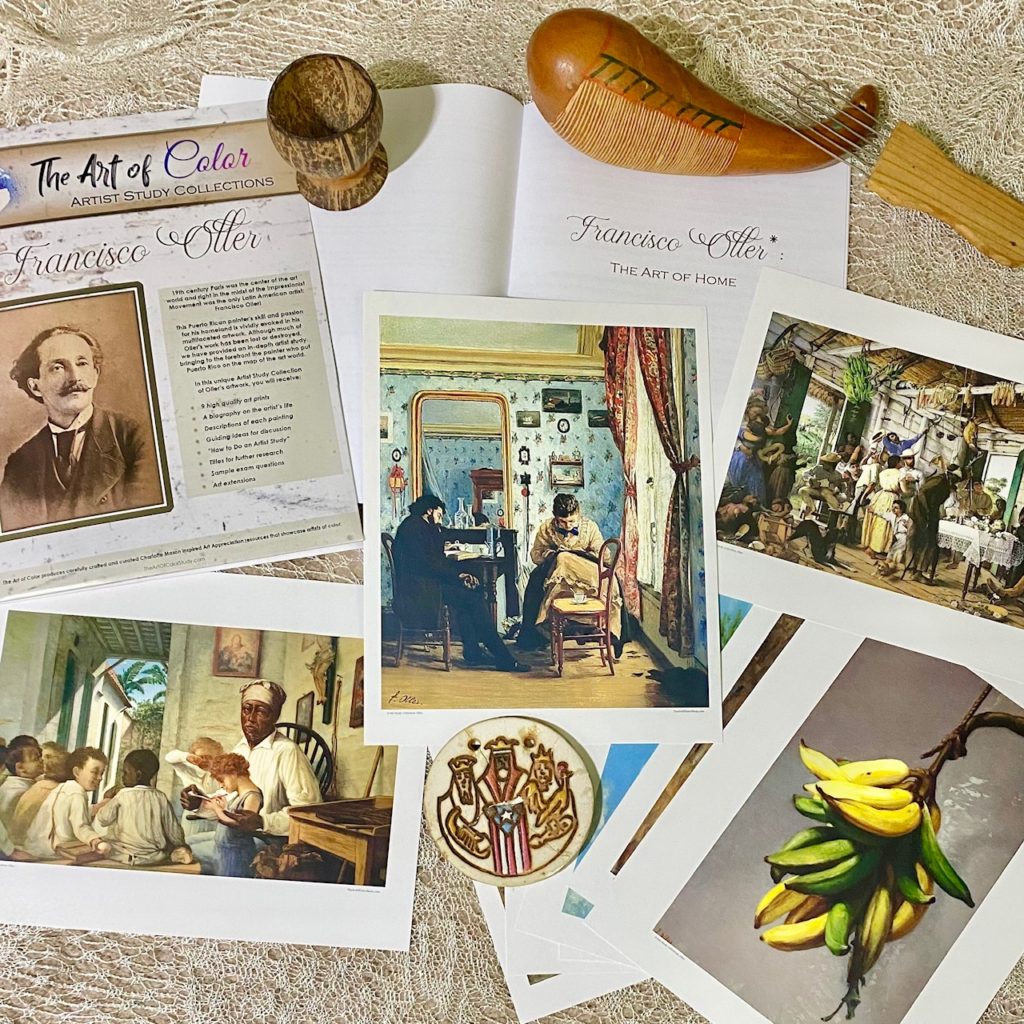
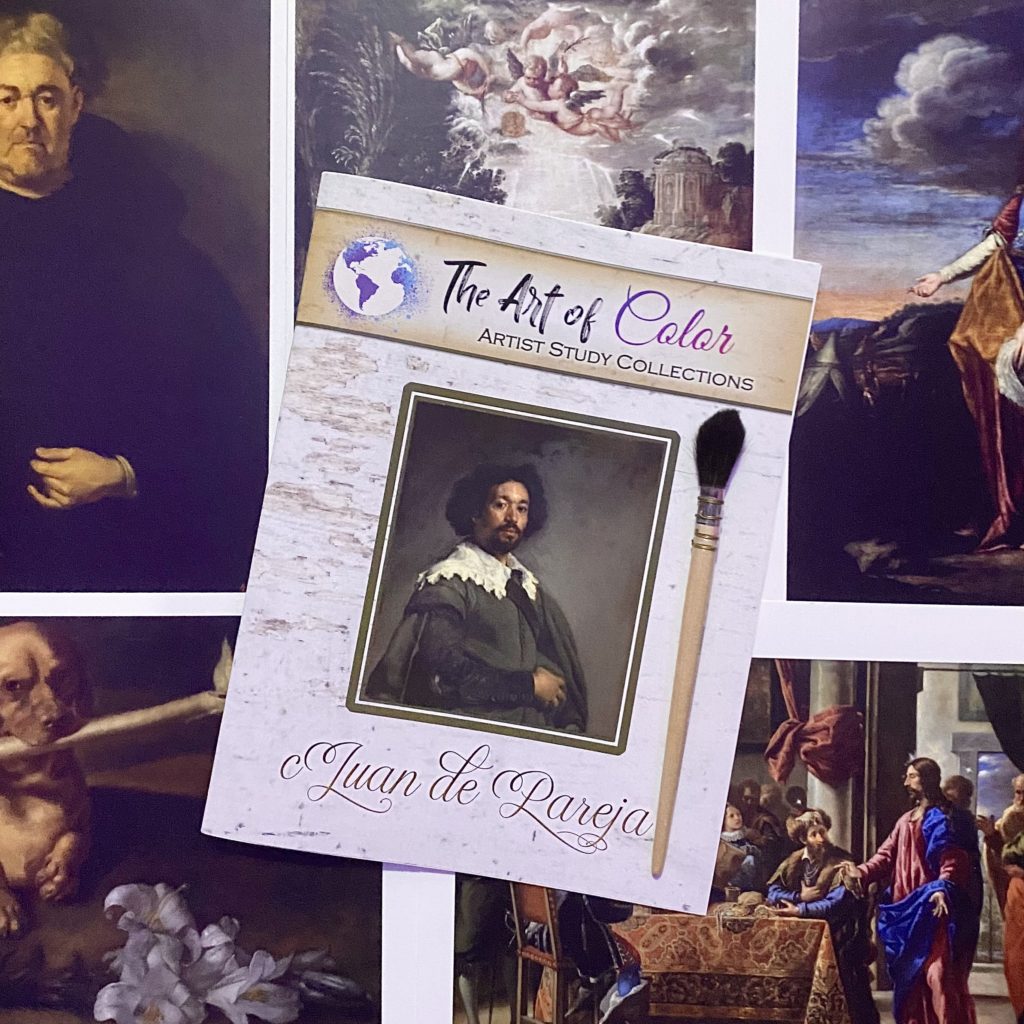
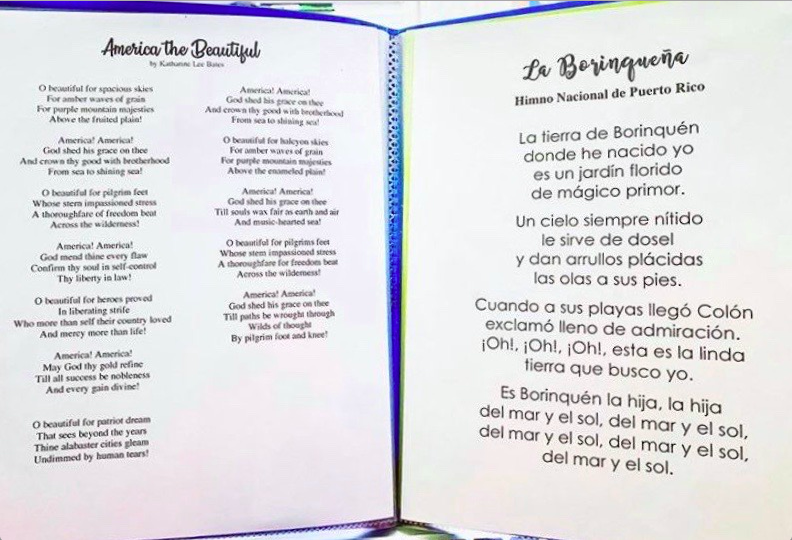
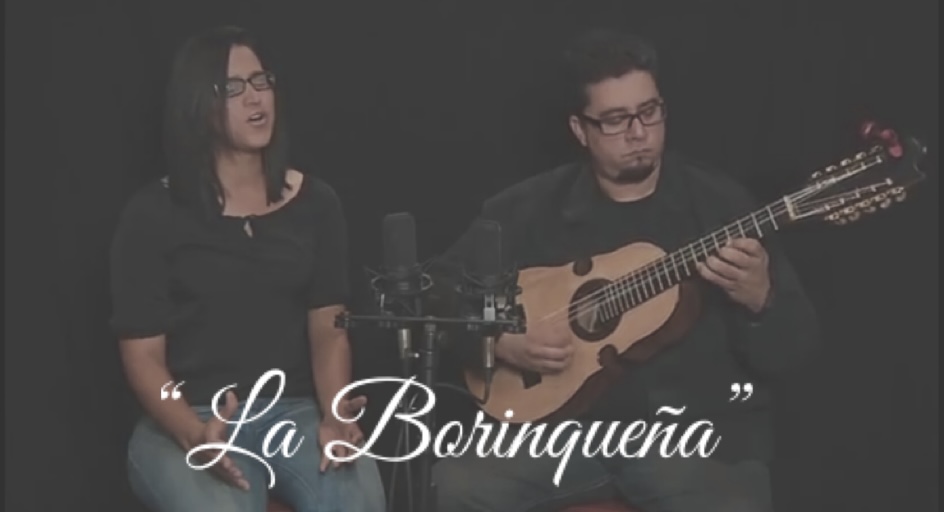

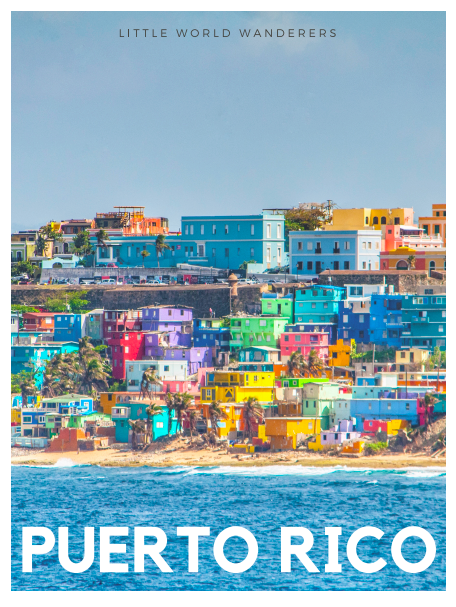

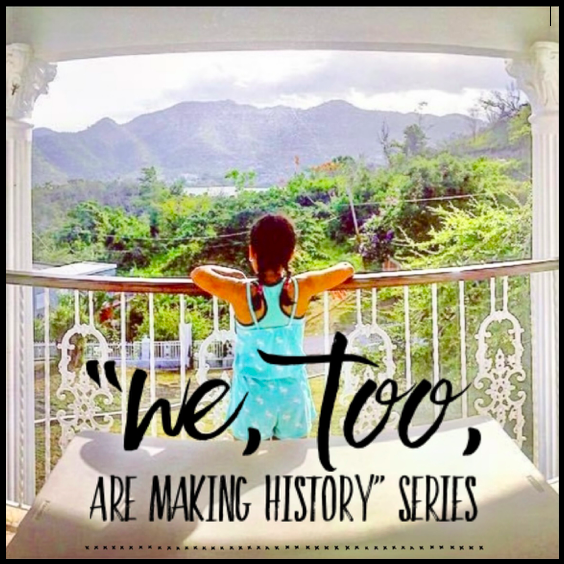
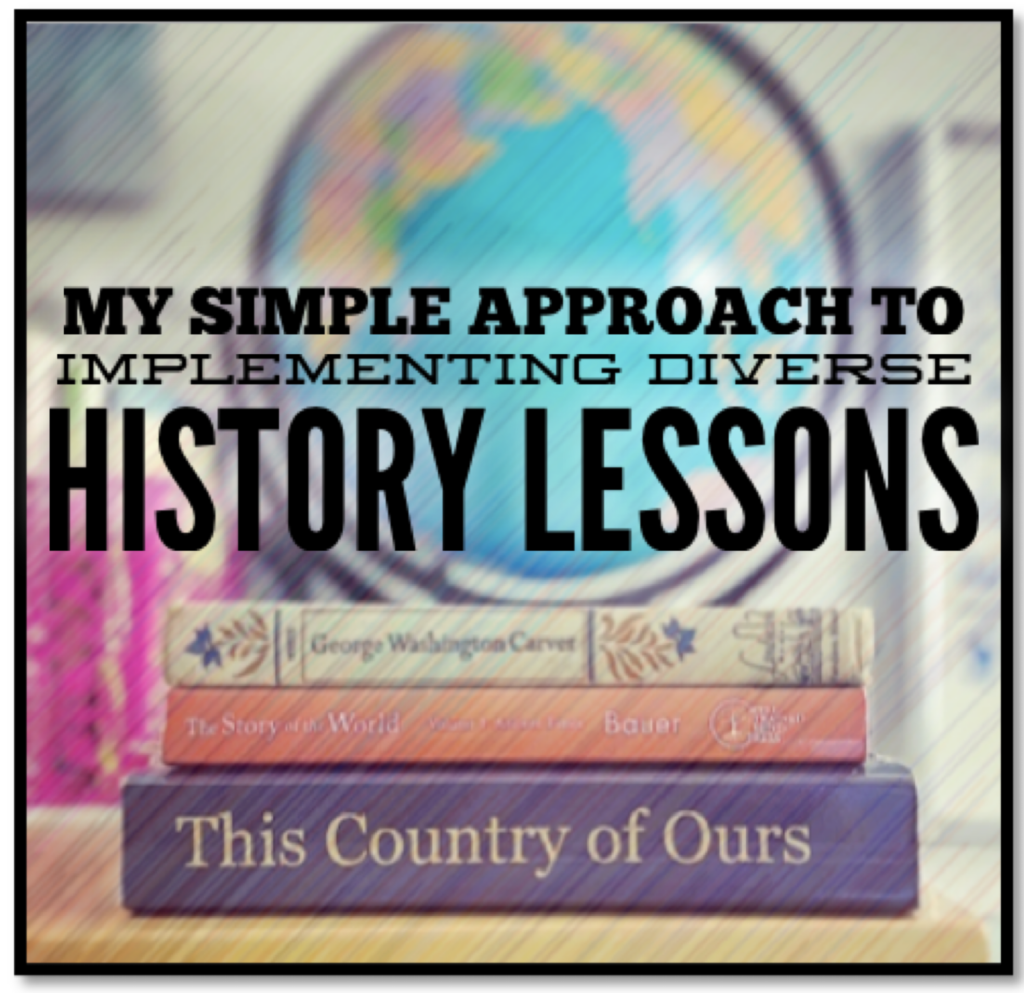
I truly enjoyed reading this article. It was most helpful as I am also trying to incorporate my native country’s narrative into my history stream. I just finished ordering most of the books she listed from my local library and shared this article with my close friends.
Thank you Erika for your labor of love. Many homes are being blessed by it.
Thank you Ana! Your message brought me so much joy! Hope you and the family find the books valuable as well as enjoyable!
I feel like I want to print this and hand out copies to every mother I meet on the street. This is just an incredible and detailed explanation for how to infuse heritage into your home and studies. So much is familiar to me, but I learned new things as well. Thank you for taking the time to put this resource together.
LOL. So glad Amber!! My prayer is that it can help many out there who need direction in this area. Thank you for your constant support sis!
Pingback: Me Teach MOSTLY a White Male’s History?? Um…No Thank You |
Pingback: My Simple Approach to Implementing Diverse History Lessons |